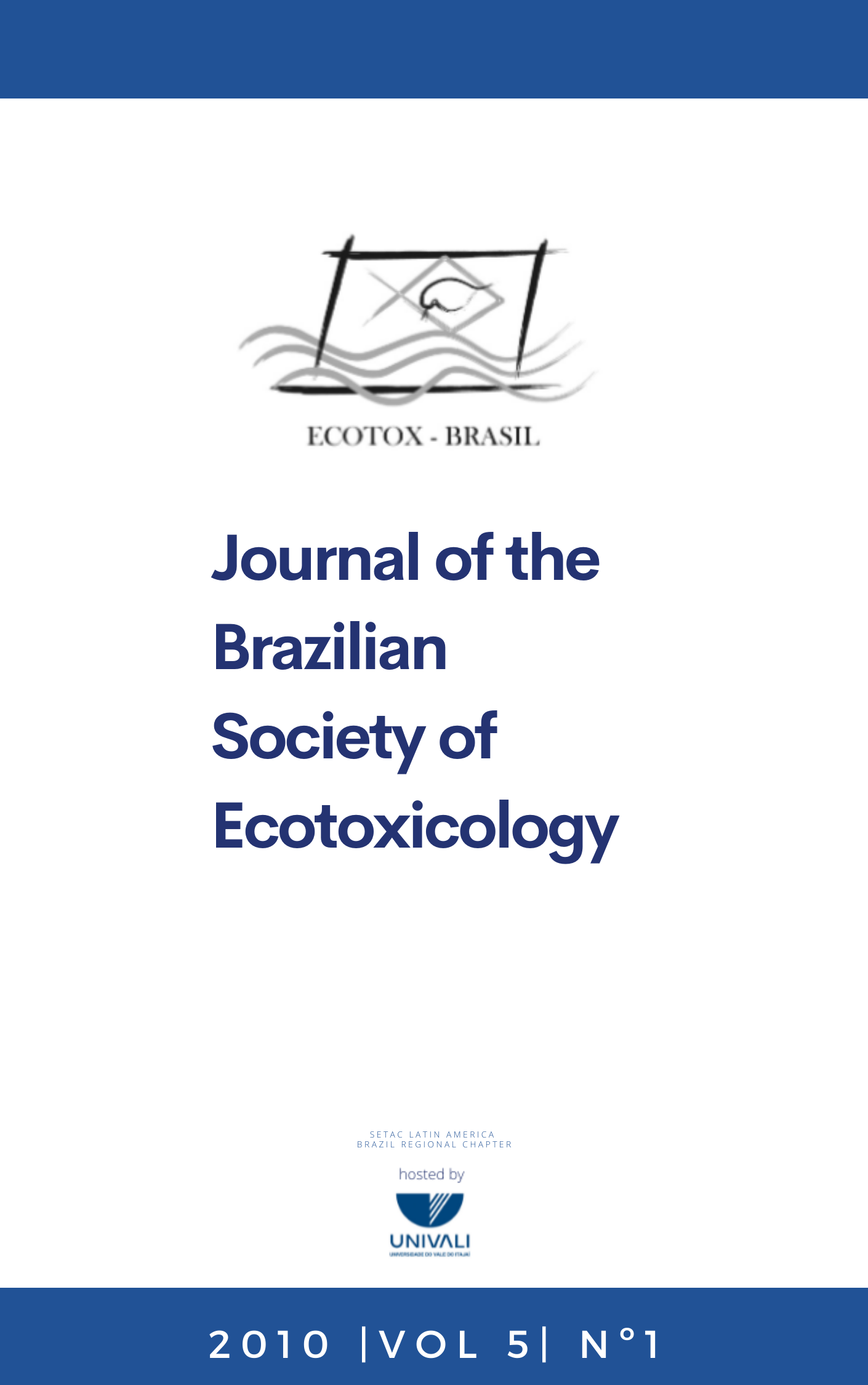Aerobic Reactors for Biotreatment of Polluted Waters and Synthetic Effluents Containing 3-Chlorobenzoic Acid
Abstract
The degradation of 3-chlorobenzoic acid in polluted waters and synthetic effluents by a previously isolated indigenous strain of Pseudomonas putida was studied. Batch biodegradation assays were performed using a 2 L microfermentor at 28 °C with agitation. To simulate polluted water, 100 mg.L–1 of 3-chlorobenzoic acid were added to surface river water. Continuous-flow assays were performed in an aerobic up-flow fixed-bed reactor constructed from PVC employing hollow PVC cylinders as support material. Synthetic wastewater was prepared by dissolving 3-chlorobenzoic acid in non-sterile groundwater. Biodegradation was evaluated by spectrophotometry, chloride release, gas chromatography and microbial growth. In batch experiments the indigenous strain of Pseudomonas putida degrades 100 mg.L–1 of 3-chlorobenzoic acid in 28 hours with a removal efficiency of 92.2 and 87.2%, expressed as compound and chemical oxygen demand removal, respectively. In the continuous-flow reactor the removal of an average influent concentration of 98.6 mg.L–1 reached 91.7% of compound and 88.9% of COD removal. The process efficiency remained approximately constant despite changes in the influent flow, compound concentration and temperature. The absence of metabolites was determined by gas chromatography performed at the end of the batch process and at the effluent of the continuous reactor. The ability of the isolated indigenous strain to degrade 3-chlorobenzoic acid in both batch and continuous reactors represents a promising feature to improve the treatment of effluents.
Downloads
How to Cite
Issue
Section
License
Copyright © 2006 ECOTOX-Brasil
Copyright notice: It is a condition for publication that manuscripts submitted to this journal have not yet been published and will not be simultaneously submitted or published elsewhere. By submitting a manuscript, the authors agree that copyright for their article is transferred to the Sociedade Brasileira de Ecotoxicologia (ECOTOX-Brasil) if and when the article is accepted for publication. The copyright covers the exclusive rights to reproduce and distribute articles, including reprints, photographic reproductions or any other reproduction of a similar nature, including translations. No part of this publication may be reproduced, stored in a retrieval system or transmitted in any form or by any means, electronic, mechanical, photocopying, recording or otherwise, without permission of the publisher.
Notice: While every effort is made by the EEC, editors and editorial board to see that no inaccurate or misleading data, opinions or statements appear in this journal, they wish to make it clear that the contents of the articles and advertisements published herein are the sole responsibility of the contributors or advertisers concerned. Accordingly, the EEC, the editorial board and editors and their respective employees, officers and agents accept no responsibility or liability whatsoever for the consequences of any inaccurate or misleading data, opinion or statement.




